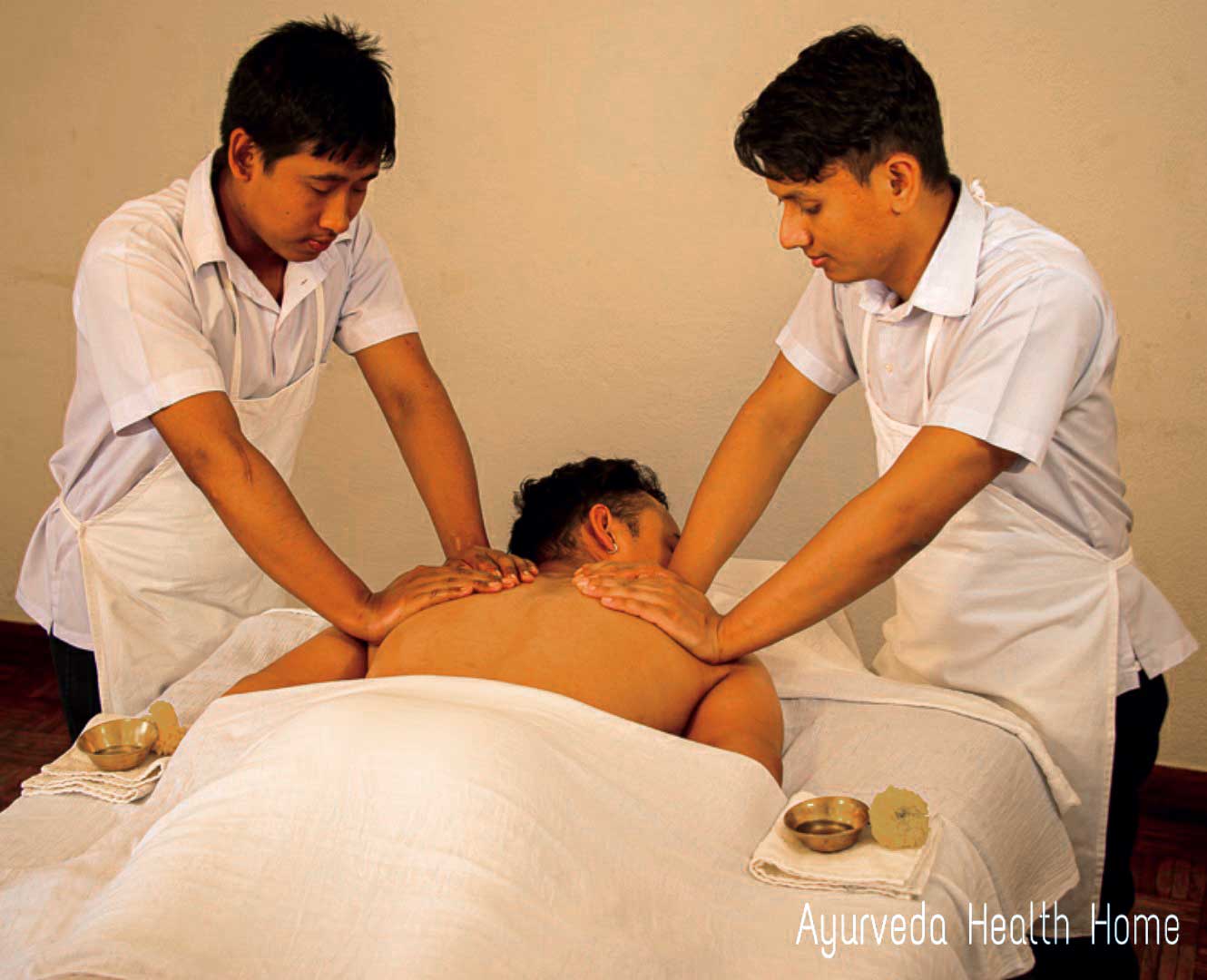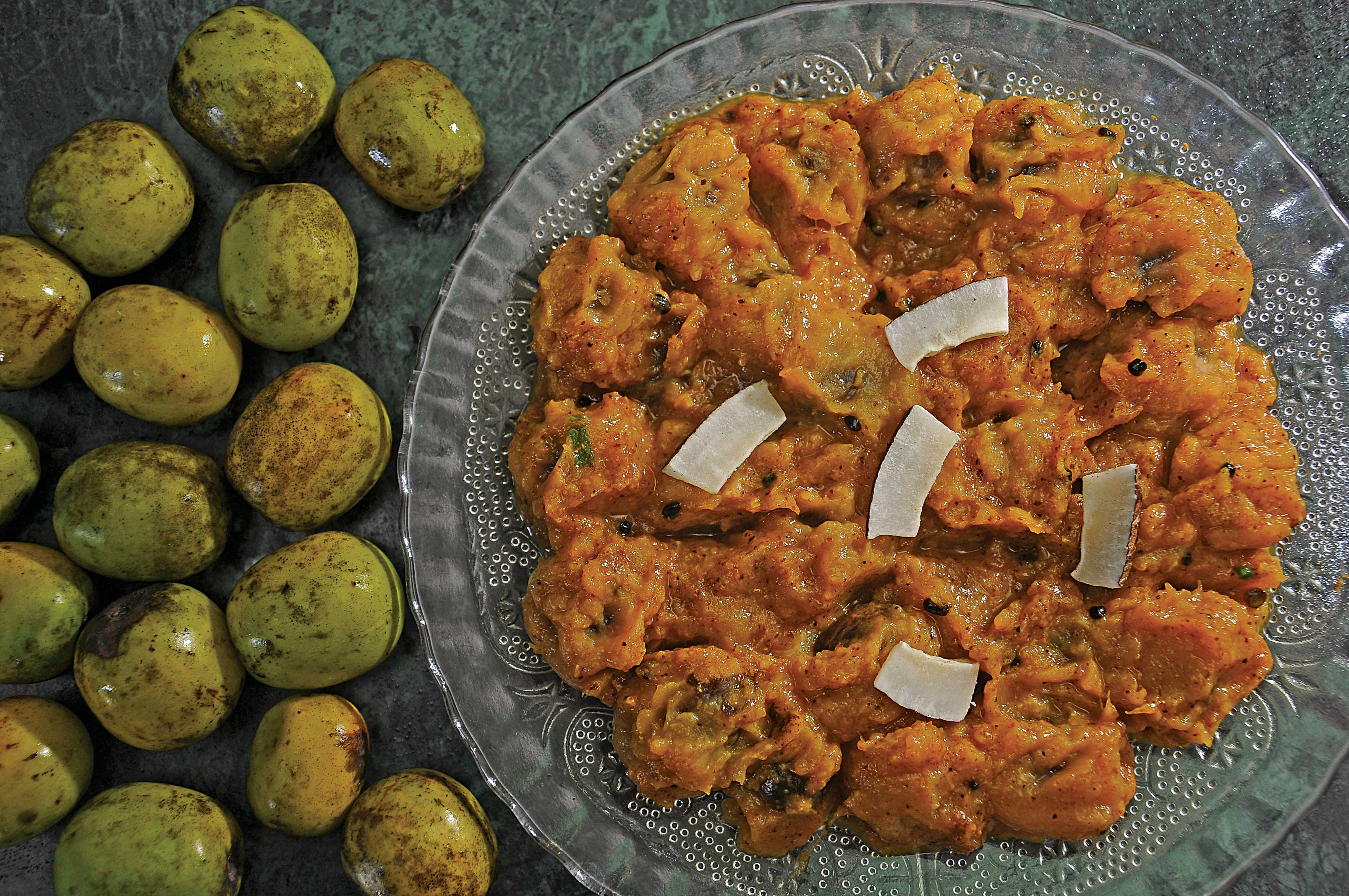Among the many unique offerings of the small traditional Newar settlements in and around the three main cities in Kathmandu valley, the Tikanbaji (parched rice) of Tigani village has its own illustrious legacy. Until a few decades ago, Tikanbaji was regarded as a high-quality delicacy among the well-to-do families of the valley. With the introduction of less labor-intensive machines, the villagers of Tigani have been compelled to give up their traditional business. As a result, the production of the renowned full-flavor Tikanbaji has ceased.
 For centuries, the villagers of Tigani (two kilometers east of Thimi and 12 kilometers east of Kathmandu) maintained the quality and taste of their traditional product. Tigani’s new generation knows the pride of the product of their village from the older generation. Since producing Tikanbaji has virtually stopped, it is now a part of history or an occasional demonstration for visitors.
For centuries, the villagers of Tigani (two kilometers east of Thimi and 12 kilometers east of Kathmandu) maintained the quality and taste of their traditional product. Tigani’s new generation knows the pride of the product of their village from the older generation. Since producing Tikanbaji has virtually stopped, it is now a part of history or an occasional demonstration for visitors.
Thanks to the initiative of former mayor of Madhyapur Thimi Municipality, Madan Krishna Shrestha, the municipality has stored material used by the villagers of Tigani to prepare the food. “During my tenure as a mayor, I have made efforts to revive this traditional industry. I have seen little possibility of reviving our Tikanbaji, since it cannot compete with the parched rice produced from machines,” said Shrestha.
“Despite high demand for Tikanbaji during the festival period, poor farmers are not in a position to take risks in producing large quantities of parched rice. We cannot revive the industry, but we can preserve the unique quality of Tikanbaji,” said Shrestha.
With a population of 2,000 in 150 households, for centuries, almost all the families of Tigani village survived by selling the Tikanbaji. The villagers stopped the production of this item for commercial purposes in 1979.
“I have seen the heydays of Tikanbaji- our neighbors working whole nights week after week, to meet the demand of the cities. Four decades ago, every household had at least a couple of wooden bowls and a wooden stick in front of the house. During the festivals, the villagers were busy producing the baji,” said Babukaji Rajbahak, 70, a local resident. “Even my son and grandson have to read books now to know about the traditional products which made our village popular.”
The flavor and taste of Tikanbaji prepared through traditional techniques are still regarded as unparalleled; Tikanbaji still has a reputation in Kathmandu valley. Although almost all households in the Newari towns and villages have traditional ways of preparing baji, Tigani’s parched rice has no parallel.
“Parched rice is one of the staple foods of the Newars of Kathmandu. It is used as the main item in feasts and festivals. As parched rice contains some important nutrients for the digestive system, every Newar family, whether rich or poor, finds eating it comfortable,” said Dr. Rishikeshab Raj Regmi, an anthropologist with the Sociology and Anthropology Department of Tribhuvan University. “Since Kathmandu Valley had large tracts of fertile lowland suitable for paddy plantation, rice and parched rice have been the main staple food.” Even now, during the paddy season, farmers enjoy potato pickle, parched rice and rice beer almost every day.
Tigani villagers are now engaged in other business. Although the older residents still want to preserve their past glory, they cannot make the traditional process profitable. Tigani does not produce parched rice; however, some local vendors are illicitly selling parched rice labeled Tikanbaji.
Method of Production
What made Tikanbaji so famous? Local people have readymade answers, as they claim they have special methods and apply their own technique of production. “If all bajis are of similar taste and quality, why should Tigani be remembered as the best place for parched rice? If you chew original Tikanbaji, you can feel the freshness of milk,” said Babukaji Rajbahak.
From children to youths and from men to women, everyone had their own role in the process of producing Tikanbaji. The men visited nearby villages to purchase rice from the paddy. They also took the parched rice to sell in the cities. Women boiled, dryed and finally beat the rice. The process was so intensive that even the children had to chip in to thrash out the chaff.
“Our entire village was involved in producing Tikanbaji, as orders came from the palace and influential people of the city,” said 65-year-old Hari Krishna Rajbahak. “It is a tragedy today to say that I have to chew the baji brought from the markets.”
Rajbahak and his family still produce the baji applying the traditional methods, but it is too labor intensive. The process needs half a dozen people to produce 15 kilos of Tikanbaji. “We know the taste is completely different and the quality very inferior, but the machine made parchesd rice saves time and energy,” said Rajbahak. “If we produce the parched rice applying traditional methods, the per kilo cost of parched rice would range from Rs.200 to Rs.250, much more than most people would be willing to pay”.
Traditionally, the villagers deposited the paddy into a bowl of water for a couple of days. After the rice was soaked completely, the process of production began. They lit a fire and dried the paddy in three earthen cooking pots in three different stages, finally putting it into wooden bowls to press it flat.
“There is a specific timing from the initial phase to the final drying of the paddy in the cooking pots. This is the process which makes Tikanbaji different from other parched rice,” said Rajbahak. “Different kinds of soft and hard wood are required to build the bowls and pressing equipment.”
From selecting the rice to final preparation of the parched rice, there are certain procedures. “If you miss one step, the taste will be different, the color will be different,” said Rajbahak. “If it is carefully beaten, following a certain course, the parched rice will have an unrivaled taste.”
Following the construction of a new road, Tigani now has a direct link with the capital, where the demand for parched rice is rising. Many new restaurants are opening up with specialty foods and there is the possibility of a revival of Tikanbaji, at least in limited quantities.
Rajbahak does not believe that Tikanbaji will return again in the commercial market with its original flavor. “Even if you produce the Baji following the old methods, where do you find the Marshi rice to make it tasty? If Tikanbaji is just like other beaten rice, it will be because of that.”
With the advent of modernization and a growing population, Tigani village is gradually destroying its old buildings and replacing them with concrete. People find other work more profitable than producing the parched rice. “We have wasted our time producing parched rice, getting very little economic benifits,” said Babukaji Rajbahak, 40, who owns a grocery store at the main road of Tigani. “I am selling parched rice imported from the Terai and the nearby Bode town,” said Rajbahak.
For the last 20 years, no one noticed how Tikanbaji was slipping away from its origins in Tigani. Although some groups and institutions are making efforts to revive the village heritage, it is unclear whether it will vanish, as have many other commodities of Kathmandu valley. As long as people like Babukaji Rajbahak and Hari Krishna Rajbahak are alive, at least the story of Tikanbaji will pass on to the younger people.
Some lesser-known vegetable dishes from the southern plains
I’m not a vegetarian but I love vegetables. And whenever I get to the southern plains of Nepal, I try...










